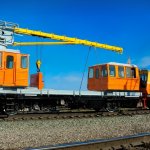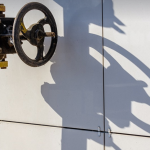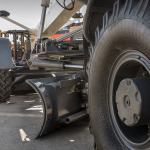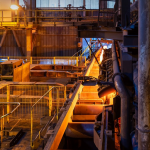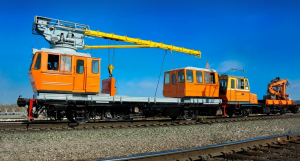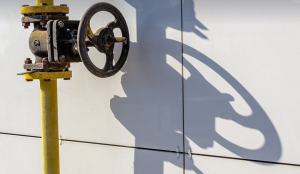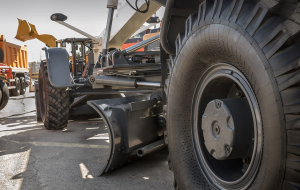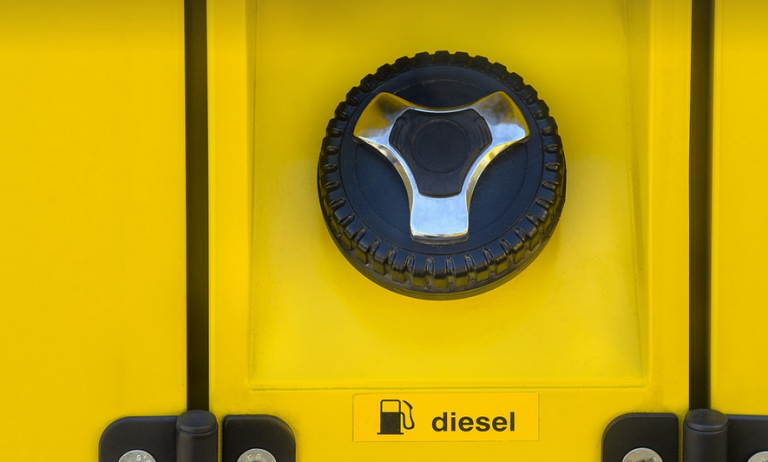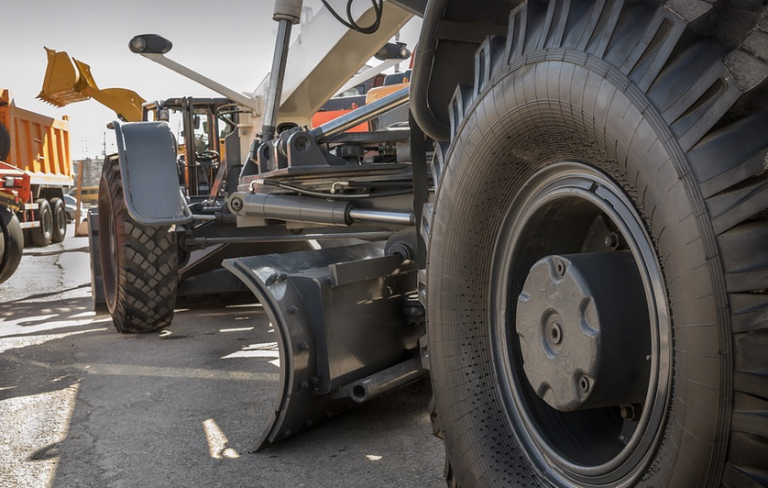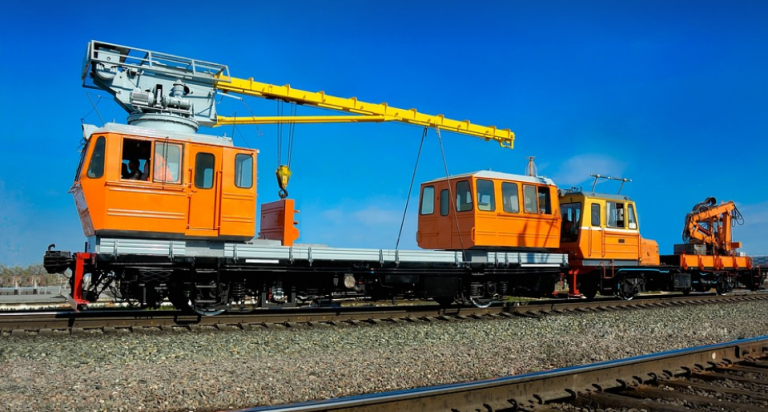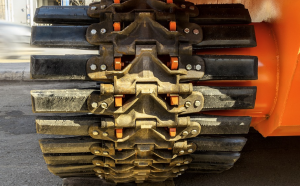What is a Sheet Metal Spot Welding Machine?
Sheet metal spot welding machines are the unsung heroes behind many products you encounter daily, from cars and appliances to aerospace components and medical devices. These powerhouses take a seemingly simple process – joining two pieces of sheet metal together by applying heat – and make it precise, efficient, and reliable. Think of them as tiny welding robots that can efficiently join metals with incredible precision.
Sheet metal spot welding, in its essence, is a form of automated welding where a small electric current heats up a specially designed electrode (typically made of copper or nickel) to create a controlled weld between two overlapping sheets of metal. The result? A strong and durable joint, often referred to as a “spot weld” due to the localized nature of the joining.
Why is Spot Welding Popular in Manufacturing?
There are a multitude of reasons why sheet metal spot welding machines have become ubiquitous across industries:
- Speed and Precision: Sheet metal spot welding machines deliver speed and precision that other welding methods lack. They can weld multiple joints seamlessly in a fraction of the time, allowing for greater production efficiency.
- Cost-Effective: Spot welding requires fewer electrodes compared to other processes like MIG or TIG welding, leading to lower costs per joint. This makes it an economical choice for mass production scenarios.
- Versatile and Adaptable: They can join various metals with diverse thicknesses, offering flexibility in manufacturing processes. The machines utilize standardized techniques that adapt well to different sheet metal configurations.
- Environmentally Friendly: Spot welding eliminates or significantly reduces the use of hazardous materials like toxic fumes, making it a more sustainable choice compared to traditional welding methods.
The Anatomy of a Sheet Metal Spot Welding Machine
The heart of a spot welding machine lies in its intricate control system. Here’s a closer look at the components that make this process a success:
– **Power Supply:** This component is responsible for providing the high-voltage electrical current needed to heat the electrodes and create the weld.
– **Welding Electrode (Cathode):** This specialized electrode, often made of nickel or copper, serves as the welding point. It’s designed to conduct electricity efficiently while also generating heat at a controlled area during the process
– **Electrode Holder:** The Electrode holder creates a stable platform for the electrodes to rest on and ensures proper alignment and positioning throughout the welding process.
– **Welding Power Supply Control Unit (PSC):** This component is the brain of the machine, responsible for precisely controlling the electrical current flow, timing, and temperature settings. It’s what makes spot welding so precise and consistent.
– **Sensors and Probes:** These crucial components monitor various parameters during the process – such as pressure, weld quality, electrode position, and material thickness – ensuring accuracy and efficiency in every weld.
The Welding Process: Step-by-Step
Here’s a breakdown of how sheet metal spot welding machines work:
- Positioning: The two sheets of metal to be joined are precisely aligned using the machine’s robotic control system.
- Electrode Placement:** The specialized welding electrode is securely positioned on the overlapping sheet with a precise force. Its location will determine the specific point for the weld
- Welding Cycle Initiation: The power supply activates the electrodes, and the machine initiates the heating process.
- Heat Generation and Weld Formation: The electric current flows through the electrode, generating heat at a localized spot.
- Weld Formation: The heat melts the metals together, creating a solid joint within the pre-determined area.
- Cooling and Completion: Once the weld is complete, the electrodes are retracted. The cooling process ensures that the welding joint remains stable and durable.
Benefits of Spot Welding in Manufacturing
The benefits of using sheet metal spot welding machines extend far beyond just joining metals. Here’s a closer look:
- Reduced Labor Costs: The automation element of the process eliminates the need for manual labor, minimizing costs associated with human intervention
- Increased Production Speeds: The speed and precision of spot welding machines allow manufacturers to produce more products in less time.
- Improved Quality Control: This technology enables consistent weld quality that is often hard to achieve manually.
- Enhanced Product Durability: Spot welds are known for their strength and durability, making the welded joints resistant to wear and tear.
Challenges and Considerations
While spot welding machines offer numerous benefits, there are some challenges to consider:
• **Material Compatibility:** Spot welding requires specific types of metal sheets with compatible thicknesses, conductivity, and other properties. It cannot be applied to dissimilar metals or metals that don’t have the right composition for a successful weld.
• **Welding Parameters: ** The process is optimized using precise control parameters like electrode voltage, current density, welding time, and cooling rate. These need to be meticulously adjusted based on different metal types.
The Future of Sheet Metal Spot Welding
As technology advances, the future of sheet metal spot welding promises exciting developments:
- Automated Systems: Machine learning and AI are paving the way for even more automated systems, making spot welding even faster, precise and efficient.
- Advanced Materials: The use of advanced materials like high-strength alloys and composites will continue to enhance the performance and durability of spot welds.
- Sustainable Manufacturing:** With increasing environmental concerns, researchers are exploring new techniques for reducing emissions and waste associated with manufacturing processes.
Sheet metal spot welding machines hold a crucial position in modern manufacturing. They’re not just about joining metals; they’re about revolutionizing production efficiency and quality across various industries. As technology continues to evolve, expect even more innovation and progress in this field that impacts how we build the world around us.
